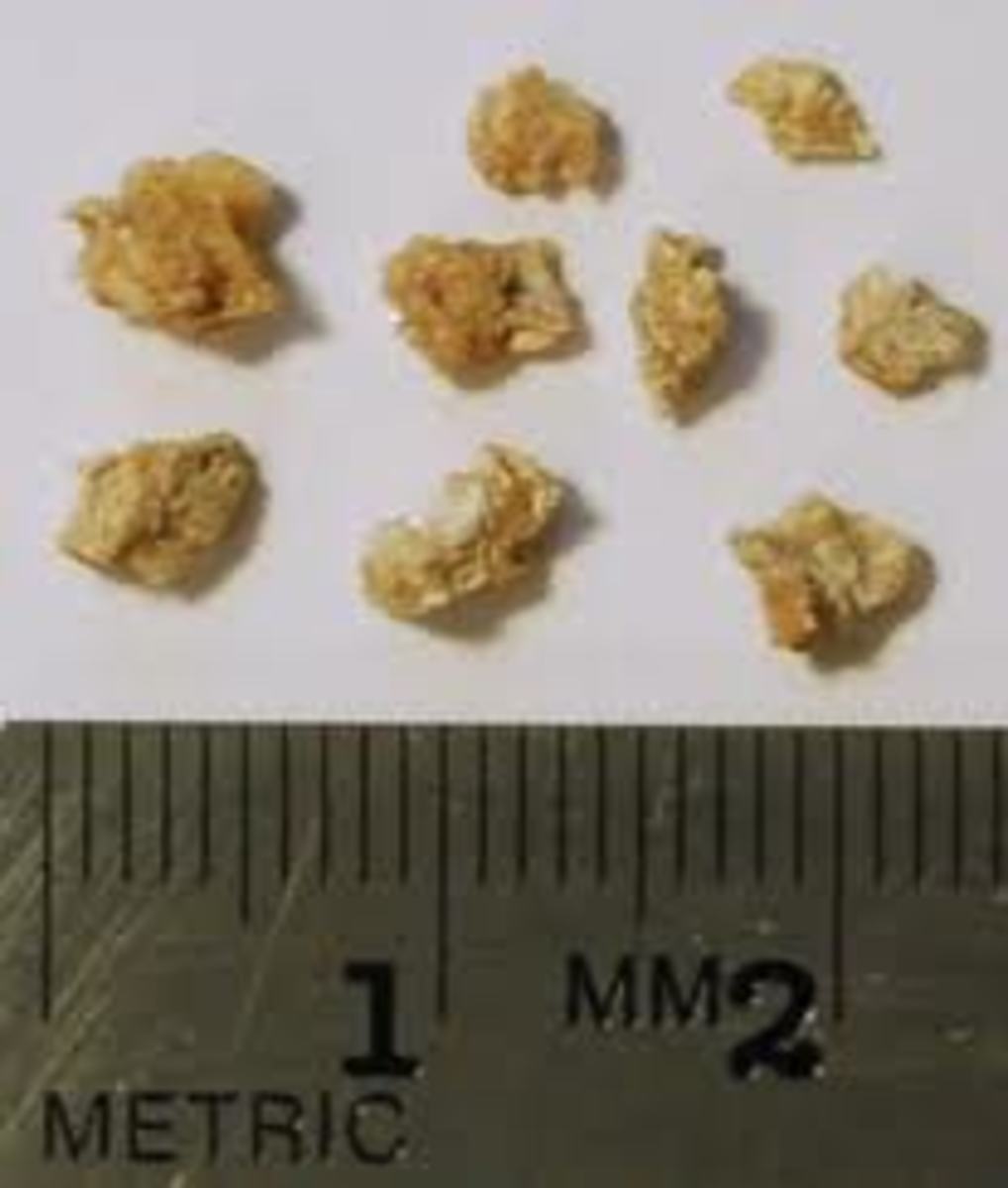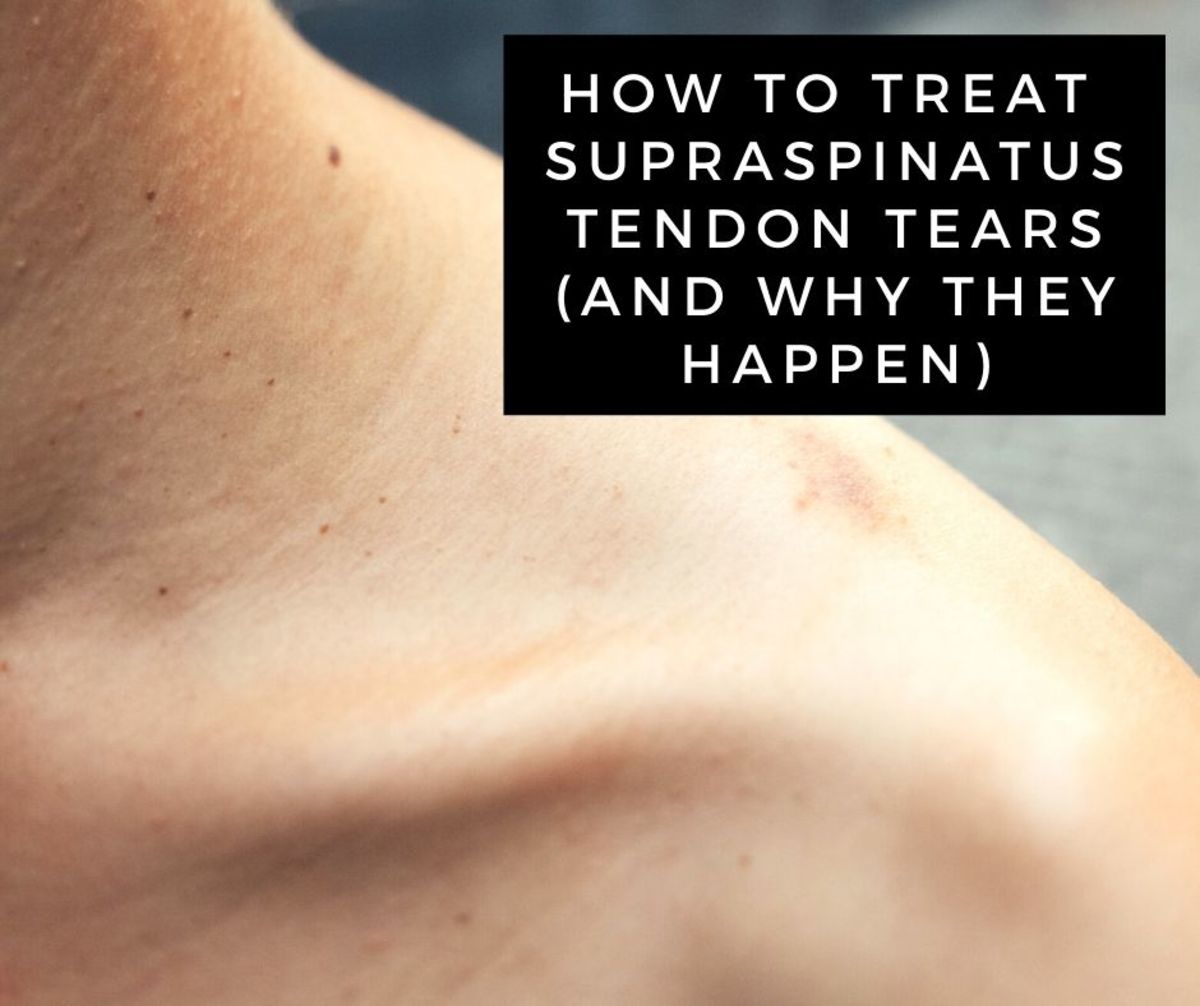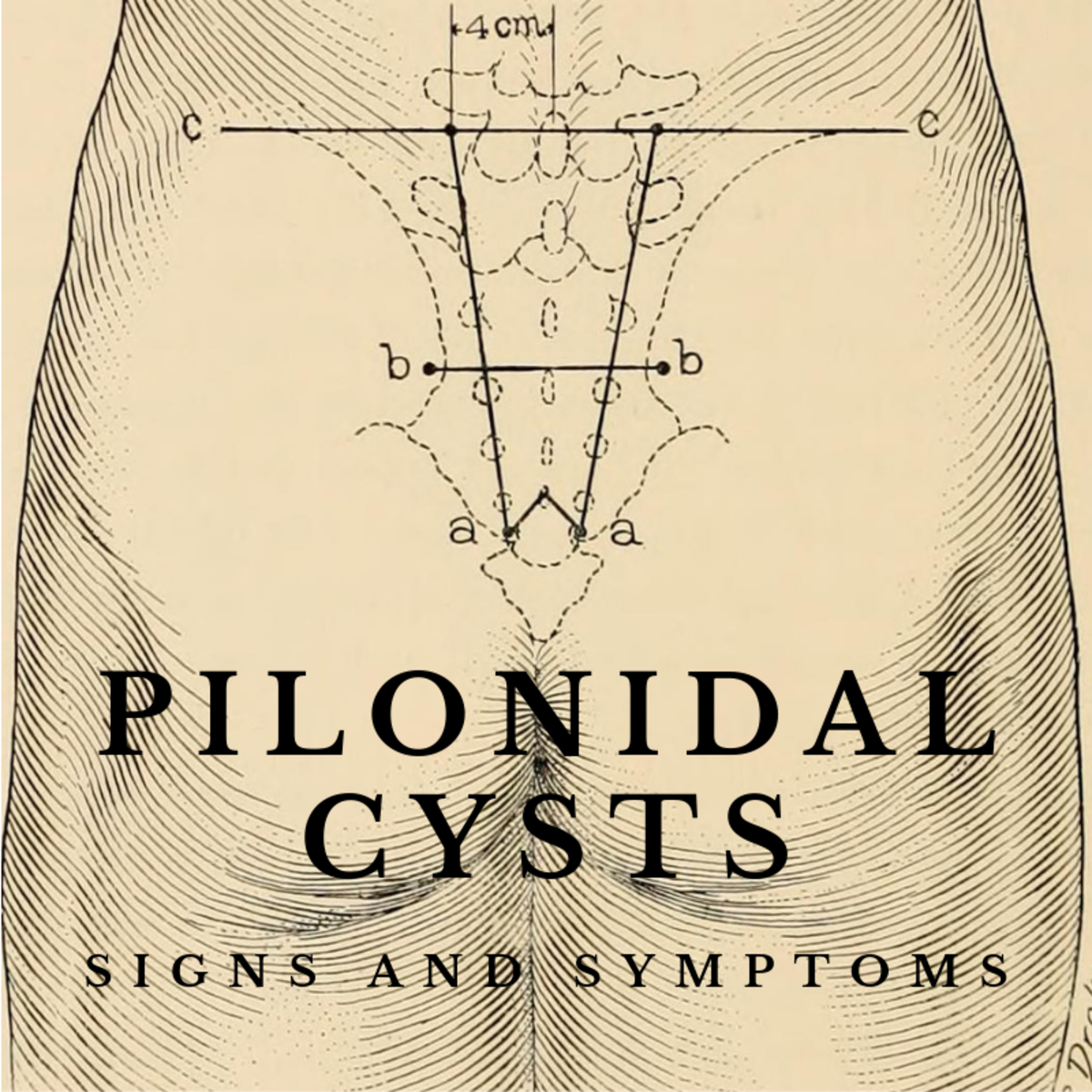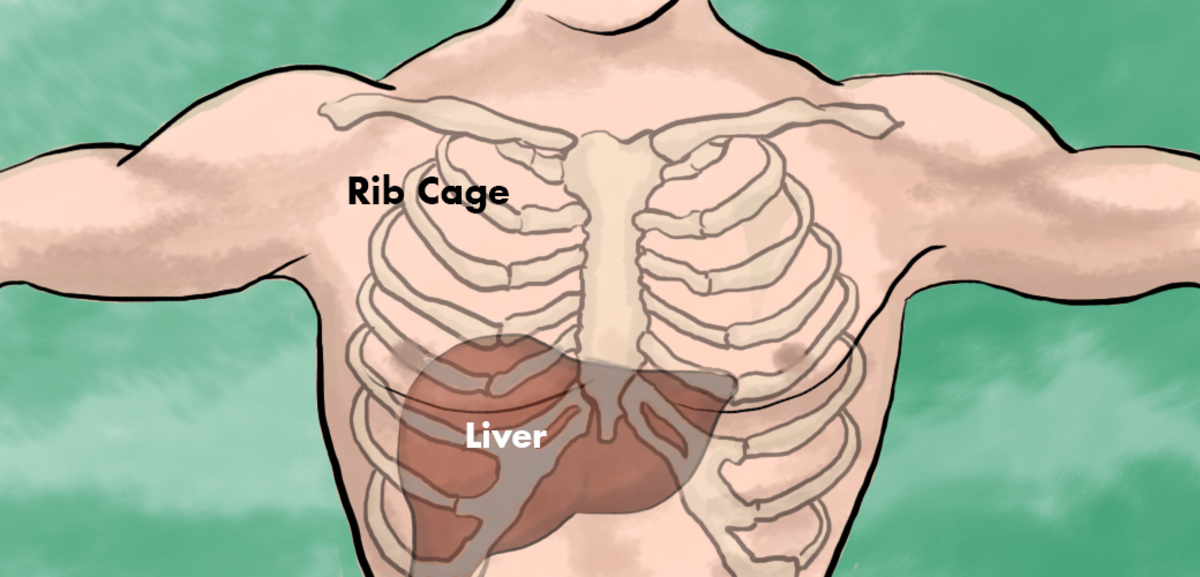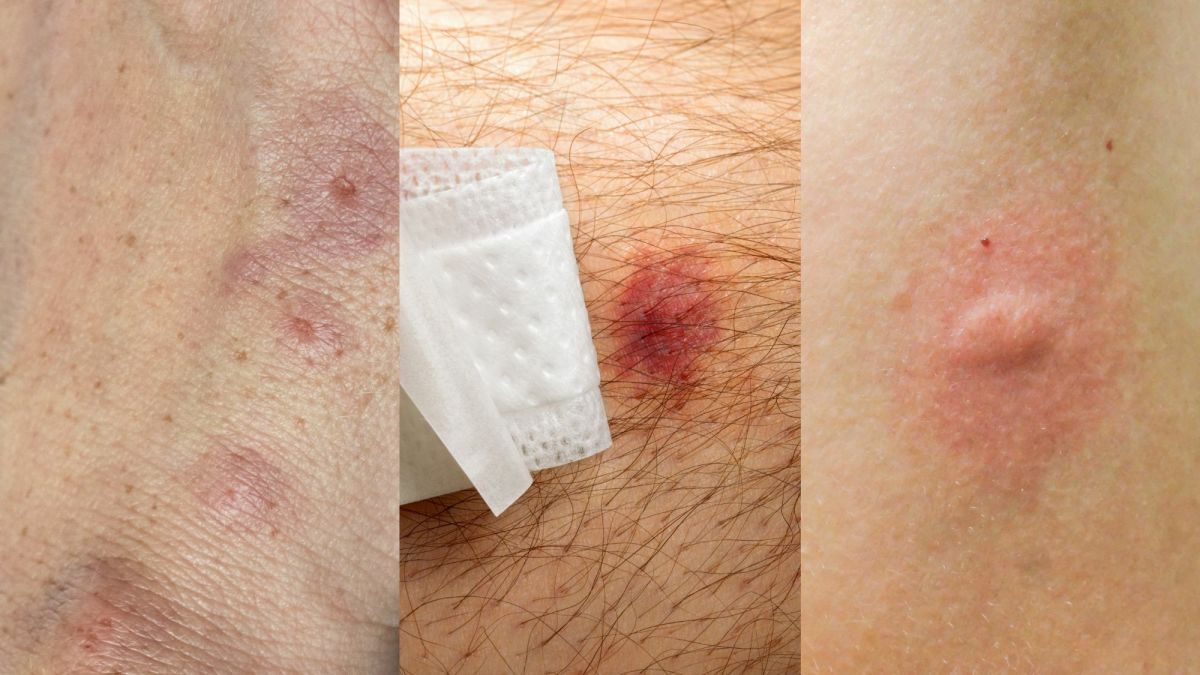All You Need to Know About Frozen Shoulder
What is Frozen Shoulder?
Frozen shoulder syndrome also known as adhesive capsulitis, is a result of limited shoulder motion from moving one’s arms. Frozen shoulder occurs due to injury, pain, or a health condition. It is characterized by stiffness or pain in the shoulder joints. You are highly advised to seek medical advice if you have an existing shoulder problem; if left untreated, it could lead to a frozen shoulder.

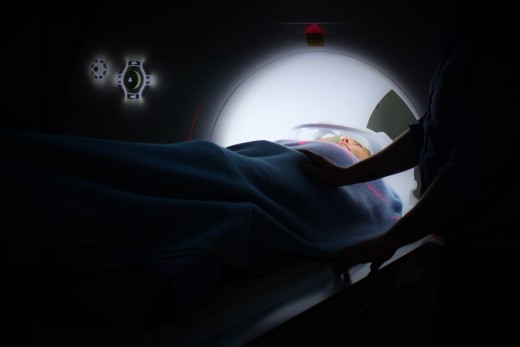
The shoulder has the highest range of motion making it extremely prone to injury. Muscles, ligaments, and tendons hold together the bones present in the shoulder. More often than not, only one shoulder is affected. In case it recurs, it is common for a frozen shoulder to develop in the opposite shoulder. It rarely occurs in the same shoulder twice.
Who Develops Frozen Shoulder?
Frozen shoulder occurs in about 3% of adults at some point in their lives. Adults between the ages of 40-65 years are at the most risk of developing frozen shoulder. Diabetes, stroke, along with other conditions also increase the risk of developing frozen shoulder. This condition is more common in women than in men.
Frozen Shoulder Causes
The scientific makeup of your shoulder involves a capsule of connective tissues that consists of bones, tendons, and ligaments. This capsule thickens the shoulder and joints cease to be used causing a frozen shoulder. A number of reasons believed to contribute to this are:
-
Injury
There is minimal movement after an injury such as an arm fracture, rotator cuff injury, etc., due to the pain that accompanies it. This lack of motion in the shoulder joints might lead to the condition.
-
Surgery
This is also the case with surgery, for instance, a mastectomy, where one is required to be immobile for a while to aid in the recovery process.
-
Health conditions
Statistics show that 10% to 20% of people with diabetes suffer from this condition. A person recovering from a stroke is prohibited from moving his/her arms increasing the likelihood of developing frozen shoulder. Other conditions such as Parkinson’s disease, tuberculosis, cardiovascular diseases, or thyroid problems may also lead to this problem. Regular check-ups are advised to detect problems early.
-
Age and gender
As age catches up with us, there is degeneration in the joints making older people susceptible to conditions such as these. People between the ages of 40-70 face a higher risk. Women are more likely to suffer from frozen shoulder as compared to men.
Frozen Shoulder Symptoms
These are the common signs and symptoms to look out for:
-
Dull or aching pain in the upper arm or the outer shoulder area during movement.
-
Swelling in the shoulder joint area.
-
Stiffness in the shoulder.
Frozen Shoulder Stages
Frozen shoulder normally develops slowly and in three stages. Each stage can last for months. They include:
-
Freezing Stage
Any movement in your arm or shoulder is painful and your motion becomes limited. This lasts 6 weeks to 9 months.
-
Frozen Stage
This stage may involve minimum pain although your shoulder starts to stiffen making movement and day to day activity more difficult. This lasts for about 4 to 6 months.
-
Thawing Stage
Motion in your shoulder begins to improve. Your shoulder returns to normal function. The estimated period for this stage is 6 months to 2 years.
Frozen Shoulder Test
While a frozen shoulder diagnosis may only require your symptoms, you or your doctor might suggest further imaging tests such as a frozen shoulder MRI's, ultrasounds, or X-rays. For a conclusive report, these frozen shoulder tests are important as there may be other underlying issues associated with the symptoms you are experiencing. Some of the symptoms are similar to diseases like arthritis or even a broken bone.
In preparation for the appointment, the doctor will require some information from you to conduct a proper assessment. You should be able to give a detailed description of the signs and symptoms you’ve been experiencing, your family’s medical history, or any medication and supplements that you are currently under. Feel free to ask the doctor questions as well.
Frozen Shoulder Treatment
The type of treatment to be used varies from one person to another influenced by factors such as:
-
Your age.
-
The type, location, and severity of the injury.
-
Your health condition.
-
Your lifestyle. This involves the type of work you do, hobbies and interests and your level of physical activity.
Treatment for this condition can either be in the form of:
-
Pain relief - Anti-inflammatory drugs, ice, or heat applied to the affected shoulder provides relief from pain and reduces swelling in the area.
-
Stronger medicines - These may include steroid injections and prescribed painkillers.
-
Gentle stretches and shoulder exercises to loosen up the area.
Depending on how stiff or painful your shoulder is, your doctor may combine all these methods for efficient results. Within 12 to 18 months, most people who suffer from this condition get better. Surgery is another option for advanced frozen shoulder cases.
Frozen Shoulder Pain Relief
Frozen shoulder pain management is usually the onset of treatment. It involves a variety of methods such as:
- Medication
Over-the-counter drugs such as anti-inflammatory drugs, creams, and painkillers provide a fast and convenient way to deal with the pain.
- Ice Packs
Applying an ice pack to your affected shoulder for a period of 15 minutes relieves the pain. A bag of frozen vegetables also works just the same. You can do this several times a day.
- Frozen Shoulder Injection
In the early stages of the treatment process, the best course of action is to inject the cortisone shot. The shot has steroids which greatly help in relieving pain and improving the range of motion.
- Acupuncture for Frozen Shoulder
Contrary to popular belief, acupuncture procedures are relatively painless. They involve the insertion of very fine needles at certain parts of your body. They stay in place for about 15 to 40 minutes during which they are constantly moved.
- Transcutaneous Electrical Nerve Stimulation (TENS)
This frozen shoulder pain relief method works by delivering electrical current along a nerve pathway at specific points. It is done through electrodes attached to your skin and the procedure is completely safe and pain-free. It is believed to block fibers that carry pain impulses and release endorphins which inhibit pain.
- Joint Distension
Joint distension is a process which involves the insertion of sterile water to aid in shoulder movement by stretching the tissues in the shoulder.
- Frozen Shoulder Manipulation
This method uses a general anesthetic. While you are unconscious, the doctor moves your arm around in different motions which then loosens the shoulder tissues.
- Frozen Shoulder Surgery
Although a rare occurrence, surgery is often the last resort to remove adhesions and scar tissue from inside your joint. Small incisions are made in the shoulder joint where lighted, tubular instruments are then inserted. The procedure is commonly referred to as arthroscopic surgery. In some cases, arthroscopy and manipulation are combined for better results.
Frozen Shoulder Exercises
Physiotherapy exercises for frozen shoulder enable you to increase motion in the shoulder joint.
These should see you well on your way to complete recovery. These exercises should be performed under supervision by a physical therapist or a care program at home.
It is important to exercise regularly but in a safe way. You should feel some tension but the pain is an indication that you need to stop. Examples of some of the recommended exercises include;
-
Pendulum stretch - While standing, relax your shoulder but leaning over slightly and letting your affected arm hang loose. Swing the arm in a circular motion at least 10 times in each direction. As your range of motion improves, increase the diameter of your swing. You could further progress to lightweight lifts.
-
Cross-body stretch - While sitting or standing, lift up your affected arm with your good arm and bring it across your body gently. Stay put in this position for about 20 seconds. Repeat this at least 10 times a day.
-
Armpit stretch - While standing next to a shelf, lift your affected arm onto the shelf and gently bend your knees. This will stretch your armpit. As you deepen your bend, stretch your arms further too. Repeat this at least 10 times a day.
-
Towel stretch - While standing, hold a towel behind your back in a horizontal position. The good arm should hold the top end of the towel while the affected arm should hold the bottom side. Using your good arm, gently pull the affected one upwards. Repeat this at least 10 times a day.
-
Inward rotation - While standing next to a door, hook a rubber band to the doorknob and pull it two to three inches towards your body. Your elbow should be at 90 degrees. Repeat this at least 10 times a day.
-
Outward rotation - While holding a rubber exercise band with both your hands at 90 degrees, stretch it outwards using the affected arm and hold for a few minutes. Do this at least 10 times a day.
Home Remedies for Frozen Shoulder
-
Use heat or cold packs constantly on your shoulder.
-
Gently move your shoulder from time to time. The pain will only worsen if it’s kept still.
-
Follow the recommended exercises.
-
Try to always keep an upright posture.
-
Avoid slouching on the couch.
-
Avoid making up your own exercises without approval from your doctor.
How Long Does Frozen Shoulder Last
Frozen shoulder recovery time usually ranges from one to two years. In some cases, it may take even longer. However, the stiffness and pain go away eventually.
How to Prevent Frozen Shoulder
-
Progressive stretching done gently over time, after surgery or an injury will help with your frozen shoulder. With time, you should be able to notice a significant improvement.
-
Annual or bi-annual medical check-ups are important as they help in early detection of any abnormalities. That way, treatment is highly effective.
-
Proper nutrition and diet especially calcium for strong and healthy bones. Vitamin and mineral supplements are also vital to substitute any important nutrients the body might be lacking.
Conclusion
It is important to be mindful of our bodies and health. An active lifestyle will go a long way in the prevention of conditions such as these. Do not hesitate to seek medical advice in the event of any signs and symptoms you might be experiencing that are out of the ordinary. This will help in early diagnosis and a treatment plan to help you get back in top shape.
References
http://orthoinfo.aaos.org/topic.cfm?topic=a00071
http://www.webmd.com/a-to-z-guides/tc/frozen-shoulder-topic-overview
http://www.nhs.uk/Conditions/Frozen-shoulder/Pages/Treatment.aspx
http://www.nhs.uk/Conditions/Frozen-shoulder/Pages/Symptoms.aspx
https://patient.info/health/frozen-shoulder-leaflet
http://www.health.harvard.edu/shoulders/stretching-exercises-frozen-shoulder
This content is accurate and true to the best of the author’s knowledge and does not substitute for diagnosis, prognosis, treatment, prescription, and/or dietary advice from a licensed health professional. Drugs, supplements, and natural remedies may have dangerous side effects. If pregnant or nursing, consult with a qualified provider on an individual basis. Seek immediate help if you are experiencing a medical emergency.
© 2019 Anne W

